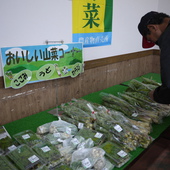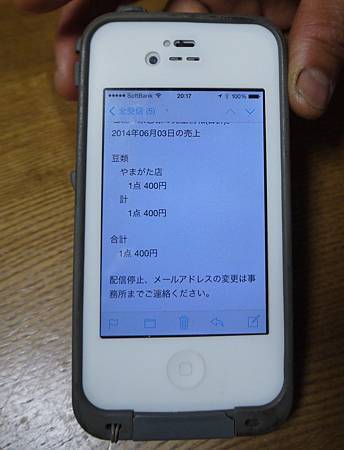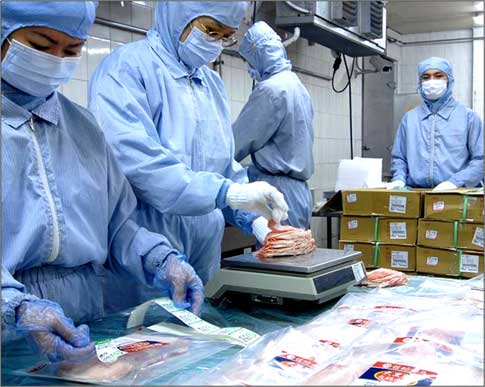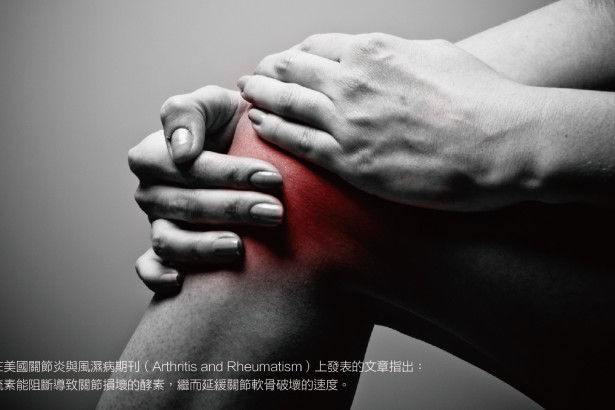Let's go to the direct selling shop.
Share1.3K + 14 Tweet6 EmailShares 1.3K
Not long ago, I went to the direct store with Nami for the first time as a producer.
There are more agricultural direct sales centers all over Japan than Xiao Qi.
"direct sales centers" selling local fresh fruits and vegetables and processed products can be seen almost everywhere in Japan. After I came to Japan, I was full of interest in shopping in direct selling shops. Because the most important feature of the direct selling place is that it can buy vegetables freshly picked by neighboring farmers on the same day, and agricultural processed products made by hand, such as wine, steamed buns or rice balls made by mothers and grandmothers, and each product is mostly marked with the name of the producer. "the village where you live and the method of cultivation, you can also see the efforts made by small farmers for vegetables, such as self-made recipe posters, taste, and so on." It turns out that perilla was planted by Mr. Watanabe, who lives in a nearby village! " "the straw cakes made by the lady in Dayue are delicious!" "there are people growing rhubarb (Rheum) around here!" After a few more visits, you will begin to pay attention to some particularly impressive producers.
In direct sales, farmers are often seen to grow food from home, because they are unable to ship vegetables to the farmers' association. In addition, they will be pleasantly surprised to find some special kinds of mountain vegetables and locally grown vegetables. If there is an introduction on how to eat, they are often duty-bound to buy and try it at home, which is a rare pleasure in supermarkets.
Unlike the popular farmers' bazaars in Taiwan, most of the producers of direct sales centers take the packaged vegetables to the store in the morning and then go back to work. Although the idea of letting producers and consumers face to face is good, for farmers who are in a busy period of farming, although they really want to go, they are really unable to spare their hands. In addition, Japan's rural areas are vast and sparsely populated, and most of the regular farmers' bazaars are located in metropolises such as Tokyo, so direct sales centers can be found everywhere in the countryside, as well as fresh vegetables and fruits sold directly at national highway rest stations like "Road Station." for consumers, you can buy local vegetables that are fresh that day and have a short mileage of food. for producers, there is a place where they can ship every day, which can be said to kill two birds with one stone.
It is said that there are more direct sales outlets in Japan than 7-11. According to the 21-year survey report of the Ministry of Agriculture, Forestry and Fisheries, there are more than 16800 direct selling houses in Japan, while Xiaoqi has more than 13000 in the same year. Among the direct selling houses, 1900 are operated by peasant associations, more than 10600 are operated by producers or producers' groups alone, and a few are local public bodies or other units.
From a 24-year survey conducted by Pyeongcheng, we can see that more than 60% of the Japanese have the experience of direct selling, and the older they are, the higher the proportion. At the same time, the average annual income of a direct selling shop can reach 52.14 million yuan, and the average revenue of a single store can reach 147.87 million yuan for a direct selling shop run by a farmers' association.
However, vegetables in direct stores are not expensive, because they are all priced by the producers themselves and put on the shelves on their own. A bag of pine vegetables is 100 yen, a bag of Flammulina velutipes is 80 yen, and a bag of beans is 350 yen. That's about the price. The power of accumulating sand into towers should not be underestimated.
Direct stores in Japan, depending on where they are located, can be roughly divided into the following three types: urban type, urban suburban type, and Zhongshan regional type (Note 1).
For urban direct sales, most of the consumers are local residents, paying attention to whether the types of vegetables are complete, and then it is best to provide recipes and trials; in suburban and Zhongshan areas, most of the consumers are tourists, especially for the supply of vegetables in the afternoon on holidays, with a wide variety of items, and it is best to be located in places with good scenery and sightseeing by the way.
Potian, Matsumoto City, Nagano Prefecture, where I live, is a suburb of the city. It was originally an independent administrative unit called "Po Tian Cho". In recent years, because Matsumoto City has been constantly merging with peripheral villages and towns, Botian was also incorporated in 2010. Botian has a small population of only about 15000. At the same time, it is also a famous producing area of watermelons, and most of its residents depend on agriculture for a living, so the direct sales here must rely on foreign sources of tourists.
So, Friday, Saturday and Sunday are the days when we harvest, pack and ship goods.
The direct selling place of our shipment belongs to the direct selling place of the peasant association. As mentioned above, although the number of direct selling houses run by the Farmers' Association is small, the income is the highest among all types of direct selling centers, and it is also the largest number of shipping farmers, with an average of 279 people per store. Of course, this is because there are many farmers who have joined the peasant association, and a large number of farmers means a wide variety of products, but it also shows that the competition is fierce, so it is very important to price and package, as well as to work on signs and posters.
Our main crops this year are all kinds of tomatoes, all kinds of beans, and pumpkins. Other leafy vegetables, melons, onions, potatoes, etc., are mainly for home use, and many of them will be sold in direct sales.
Although the price of the direct selling place is not high, the threshold for putting it on the shelf is low, and it does not require a minimum quantity or limit the type, so many grandparents who are old and grow vegetables in excess fields for their children will sell them on the way, and the output is not stable. As far as farmers are concerned, the direct selling center is also a good place to test the temperature of the water.
The producer system of a direct selling house
This is the first time to step into a direct store as a producer. The perspective of browsing vegetables is completely different from that in the past, and I feel very fresh.
The practice of each direct selling shop may be different, but if the operation mode of the lattice shop is basically the same, let's take a look at how the Matsumoto highland (Matsumoto Peasants' Association) direct selling shop actually operates.
First of all, because it is run by a peasant association, it must be a member of the peasant association before it can be put on the shelves, and the monthly income will be remitted to the bank account of the peasant association. Although there are farmers who do not operate independently through the pipe of the peasant association, Nami told me that although there is some trouble in becoming a member, it can not be rejected if it is shipped to the peasant association (required by law). At the same time, they will help find new fields and provide interest-free installments when building greenhouses. After the agricultural film purchased by the peasant association has been used, it can be transported to the peasant association. They will clean it up, which is really a lot of benefits. It's better to join in.
After that, log in to become a member of the direct selling center, and three days before the selling day, put forward the information about the vegetables you want to put on the shelves, including the type, price, etc., in order to print the bar code on the same day. Of course, this action is only needed when it is on the shelves for the first time.
By the way, the direct sale of the peasant association is 28%, and the producer can get 80%, which is very generous. Most of the usual supermarkets are 37 points, while those of Nagano, which focuses on the "Xinzhou cultivation" brand, are 2.5 to 7.5. Of course, this is also because direct sales save storage space, but also save on shelves, sales and other labor costs.
The restocking time of the direct selling place is seven o'clock, but in order to grab a good place that is easy for consumers to see, we often get up early on the shipping day and report to the direct selling place at 06:40.
The direct sales office is usually already occupied. There are small white agricultural trucks in the parking lot.
When you move the vegetables to the store, you can see that there are simply rows of blue plastic baskets for picking vegetables. Although it is necessary to grab seats, the market is roughly divided into fresh vegetables area, mushroom area, mountain vegetable area, flour legume area, cooked food area, processed food area, fruit area, and there will be different special zones according to the season (the first time I went to asparagus, the second time it became lettuce).


This is the sales volume for today. Because I was busy building a greenhouse today, instead of taking vegetables, I only sold a bag of beans.
Often in the middle of working together, Nami's iphone sounded a letter notice: "Ah, all the water vegetables have been sold out, and there are still some white radishes left. I will wait for recycling."
In which store, you can know what kind of vegetables are sold. In this way, even if people are not in the store, they can take advantage of the busy time to tally or recycle. It's a very thoughtful notification system.
If it is not sold out that day, the clerk will put the vegetables under the selling table and pick up the new vegetables the next morning and recycle them. Of course, there are some farmers who do not recycle, or drive too far, they will be scrapped by the shop assistant.
Those who are close to us, of course, must be recycled. That's our daily delicacy on the table. As the weather gets hotter and hotter, the vegetables keep pace with the weeds and grow rapidly, with a daily self-sufficiency rate of almost 100%. How happy it is!
What is interesting about direct sales is that it is full of local characteristics, the unique personality of farmers, as well as the creativity of mothers and grandmothers, as well as local food handed down from generation to generation. At the direct sale, you will see cola cakes made of new varieties of pink and purple potatoes, pancakes wrapped in wild vegetable stains pickled with soy sauce and sugar, and perilla picked in the morning and tied into a random bunch. There is also home-made jam, ice cream made from eggs on the ground.
If you are free, leave Tokyo, Osaka and other metropolises and go to the countryside along the national highway. if you see the sign of "Agricultural Direct Sale" along the way, you might as well stop and stroll, and there will be many interesting new discoveries.
Note 1: Zhongshan region: refers to the transition zone from plains to high mountains, accounting for 73% of the mountainous Japanese land area, 40% of Japan's arable land, 44% of the total number of farmers, 35% of agricultural output and 52% of agricultural collections, which plays a very important role in Japanese agriculture. In addition, the Zhongshan area is mostly located in the upper reaches of the river, and the agricultural activities here also have many functions, such as water conservation, flood control, preventing soil erosion and collapse, and so on.
Share1.3K + 14 Tweet6 EmailShares 1.3K
- Prev

Independent food inspection will hit the road next year, but the industry is not optimistic.
Independent food inspection will hit the road next year, but the industry is not optimistic.
- Next

To prevent degenerative arthritis, blue and white coconut seedlings can be another option in addition to Viguli.
To prevent degenerative arthritis, blue and white coconut seedlings can be another option in addition to Viguli.
Related
- A course of planting techniques and methods on how to grow carrots
- How to plant the latest tulips?
- Is it better to pick tea in the morning or in the afternoon? When is the best time for tea to be picked? what is the third or fifth tea?
- Launch Yuanxiao Happy combination Haocha + Tea Yuan healthy Taste
- Penghu Tourism "Fireworks 20 Parade with You"
- 2022 West Lake Happiness holds "Digital Revitalization Voucher" and draws iphone13 and laptop.
- Banqiao Fuzhou social houses are designed to change start-up combined with police elimination to create a safe and livable environment
- The convenient measure of "mechanical weeding" in Xinbei has been abused and the Agriculture Bureau has imposed heavy penalties on the illegal land consolidation.
- Changgeng University Joins Hands with Four Memory Factories to Rescue Memory Talent Shortage
- The list of Taiwan's top 100 MVP managers is listed by the Director-General of the Farmers' Association of Sanxia District.

